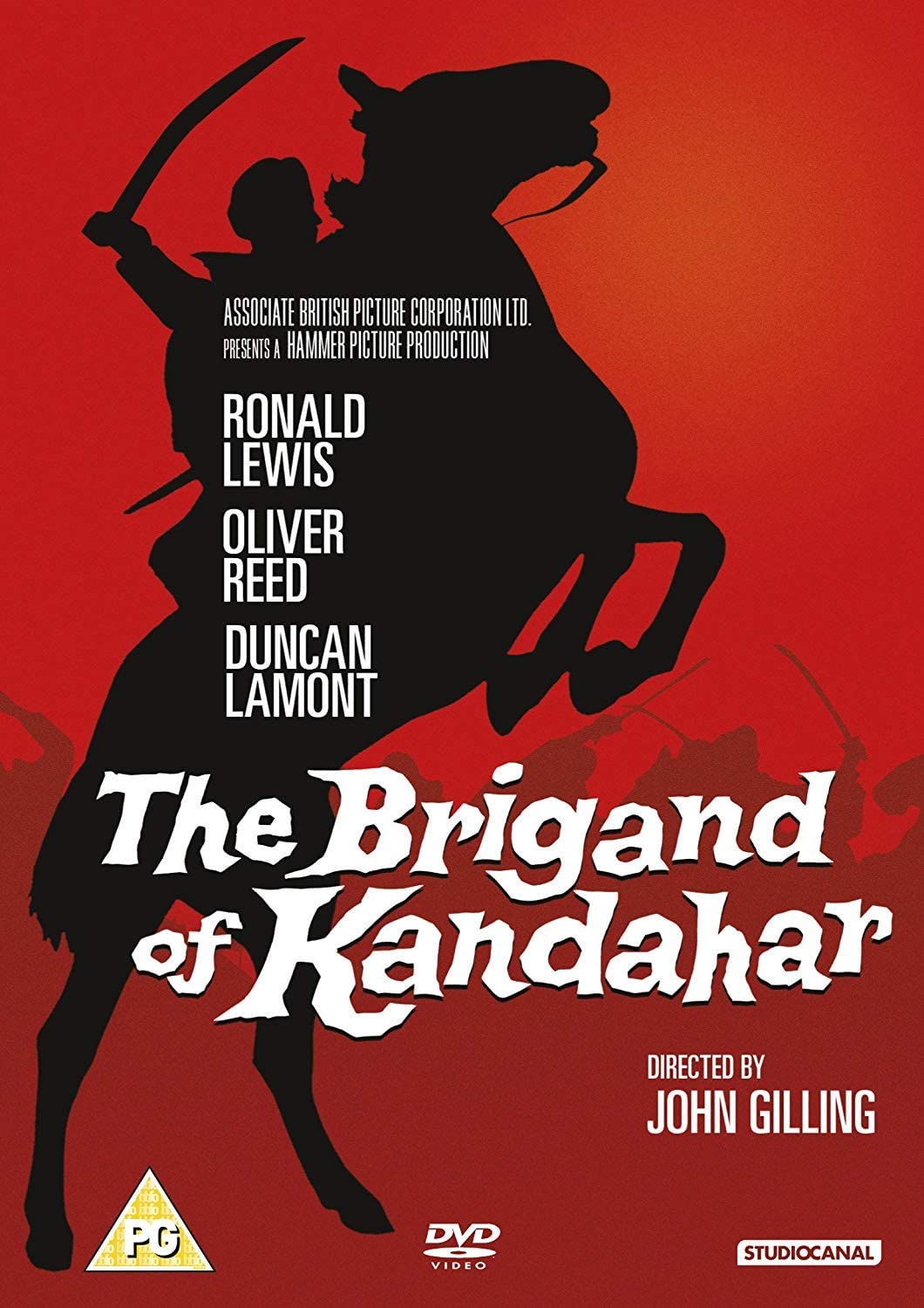Introduction:
In the expansive tapestry of adventure and action cinema, “The Brigand of Kandahar” (1965) emerges as a vintage gem, a cinematic journey that unfolds against the rugged and enchanting backdrop of Afghanistan. Directed by John Gilling, this classic film takes audiences on a thrilling odyssey, combining elements of action, drama, and historical intrigue. As we delve into the narrative, performances, and cinematic craftsmanship, we uncover the enduring allure that makes “The Brigand of Kandahar” a captivating exploration of adventure cinema from the mid-20th century.
Plot Summary:
Set in the 1850s during the Second Anglo-Afghan War, the film follows the exploits of Captain Kyle Cameron (played by Ronald Lewis), a British officer tasked with escorting a vital shipment of rifles through the perilous region of Kandahar. However, Cameron’s journey takes an unexpected turn when he is betrayed by his own fellow officer, Lieutenant Robert Case (played by Oliver Reed), leading to a series of harrowing events.
As Cameron becomes a fugitive, he joins forces with a group of Afghan rebels, including the charismatic and enigmatic Eli Khan (played by Duncan Lamont). Together, they form an unlikely alliance to resist the British forces and fight for the freedom of Kandahar. The narrative unfolds against a backdrop of political intrigue, loyalty, and the clash of cultures, offering viewers a gripping and immersive experience.
Cinematic Craftsmanship:
- Scenic Splendor and Authenticity: “The Brigand of Kandahar” distinguishes itself through its breathtaking cinematography that captures the raw beauty and harshness of the Afghan landscape. Cinematographer Arthur Grant skillfully frames the vast expanses, towering mountains, and dusty terrains, transporting the audience to a time when the region was a crucible of political tensions and cultural clashes.
- Ronald Lewis’s Commanding Performance: At the center of the film is Ronald Lewis’s compelling portrayal of Captain Kyle Cameron. Lewis brings depth and conviction to the character, embodying the resilience and determination required to navigate the treacherous landscapes of Kandahar. His performance anchors the narrative, portraying Cameron as a complex figure caught between duty, betrayal, and the pursuit of justice.
- Oliver Reed’s Villainous Turn: Oliver Reed’s performance as Lieutenant Robert Case adds a layer of intrigue to the film. Reed infuses the character with a blend of charm and ruthlessness, creating a memorable antagonist whose actions set the stage for the central conflict. The dynamic between Lewis and Reed forms a pivotal element of the film’s dramatic tension.
- Duncan Lamont’s Charismatic Eli Khan: Duncan Lamont’s portrayal of Eli Khan, the Afghan rebel leader, adds an additional layer of complexity to the narrative. Lamont’s charismatic performance captures the spirit of resistance and leadership, providing a counterbalance to the British characters. The chemistry between the three leads contributes to the film’s overall impact.
- Tension-Filled Action Sequences: “The Brigand of Kandahar” delivers on the promise of action with well-choreographed and tension-filled sequences. From intense skirmishes in the mountain passes to strategic guerrilla warfare tactics, the film captures the essence of military conflict amidst the challenging terrain. The action sequences are a testament to the filmmakers’ ability to create suspenseful and engaging scenes.
- Cultural Sensitivity and Representation: The film demonstrates a degree of cultural sensitivity in its portrayal of Afghan characters and traditions. While it reflects the colonial perspective of its time, “The Brigand of Kandahar” attempts to depict the local population with a certain authenticity, contributing to a more nuanced portrayal than some contemporaneous films.
Legacy and Impact:
“The Brigand of Kandahar” may not be as widely celebrated as some of its counterparts in the adventure genre, but its enduring legacy lies in its ability to capture the spirit of a tumultuous historical period. The film’s exploration of colonial dynamics, political intrigue, and the clash of cultures remains relevant, offering audiences a window into the complexities of the past.
While the film might not have left an indelible mark on the broader landscape of cinema, its impact can be discerned in the way it contributes to the collective memory of adventure films from the mid-20th century. It stands as a testament to the era’s fascination with exotic locales, swashbuckling narratives, and the exploration of historical events.
Conclusion:
As we traverse the cinematic landscapes of “The Brigand of Kandahar” (1965), we find ourselves immersed in an adventure that combines action, drama, and historical intrigue. John Gilling’s directorial vision, coupled with the commanding performances of Ronald Lewis, Oliver Reed, and Duncan Lamont, crafts a narrative that is both thrilling and evocative.
The film’s enduring allure lies in its ability to transport audiences to a bygone era, exploring the complexities of imperial ambitions, cultural clashes, and the pursuit of justice. While it may not be as widely known as other adventure classics, “The Brigand of Kandahar” remains a hidden gem for enthusiasts of vintage cinema, inviting them to embark on a journey through the Afghan landscapes and the tumultuous pages of history.
